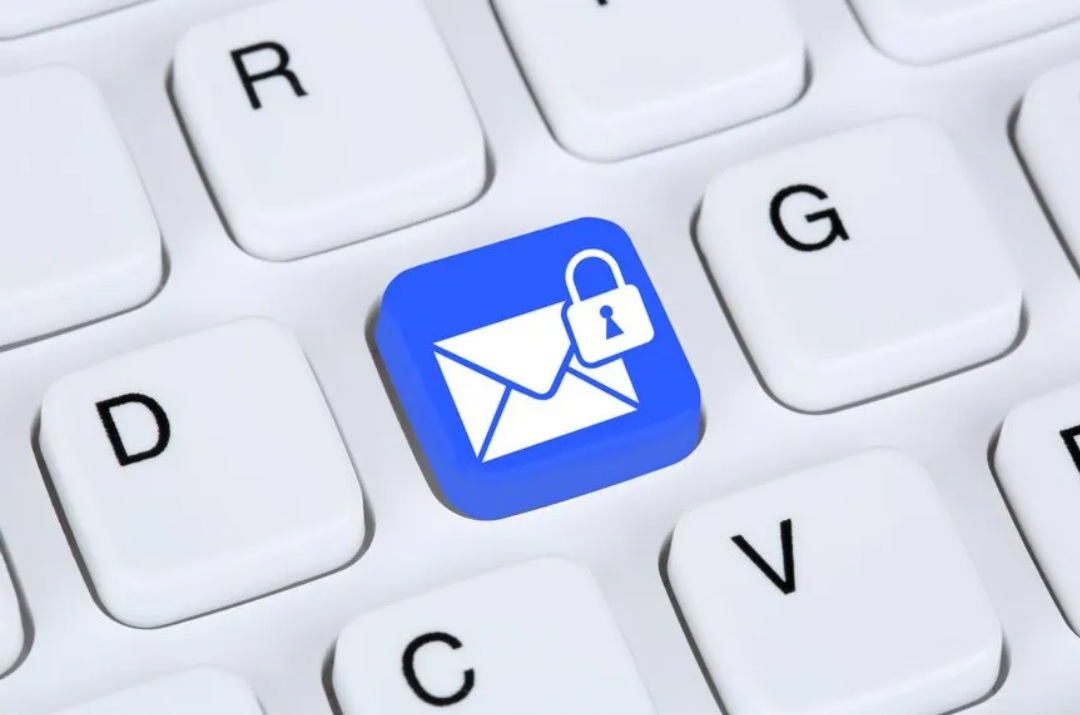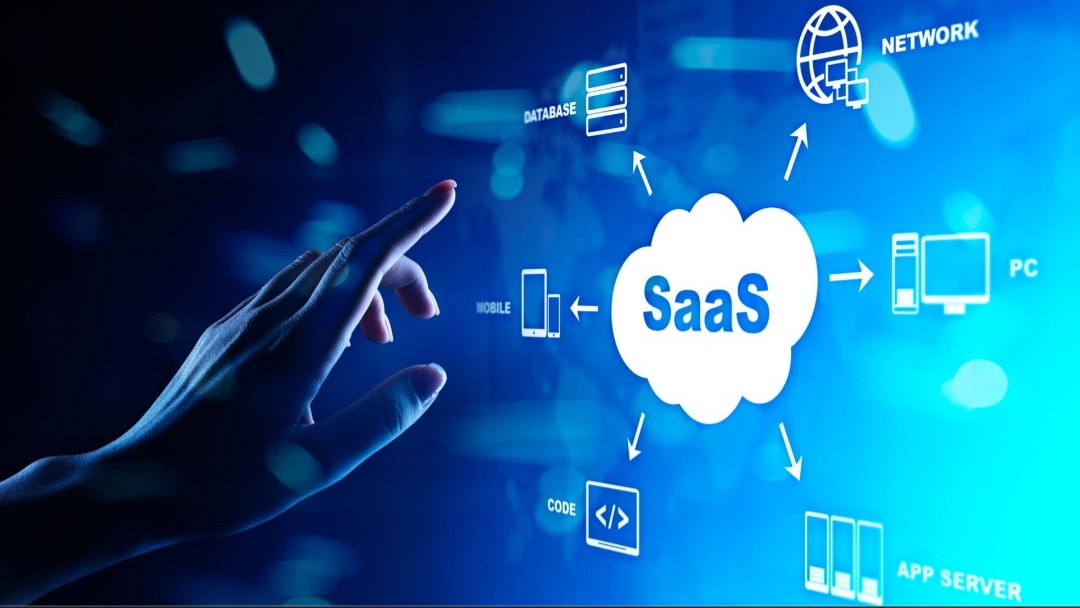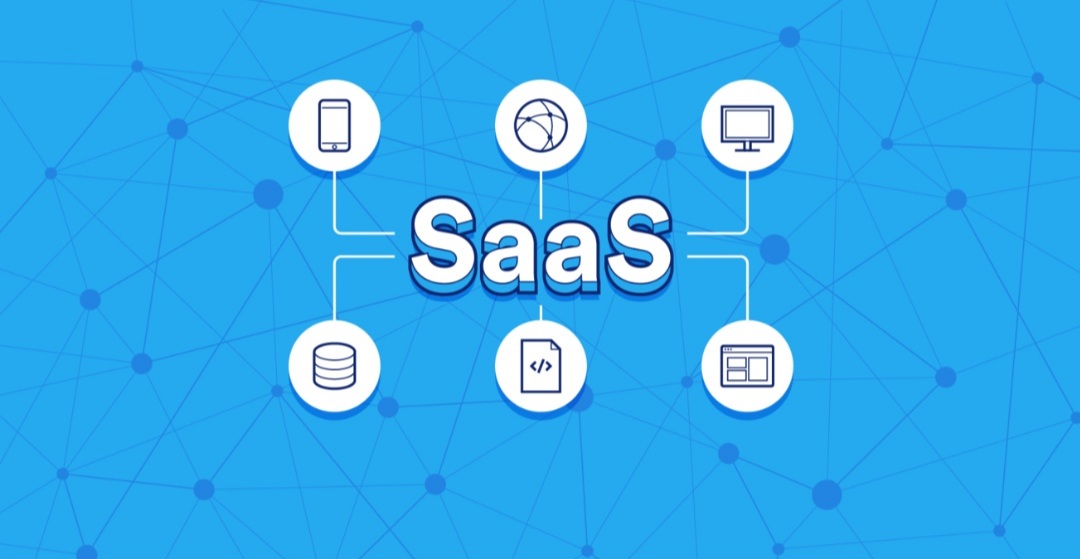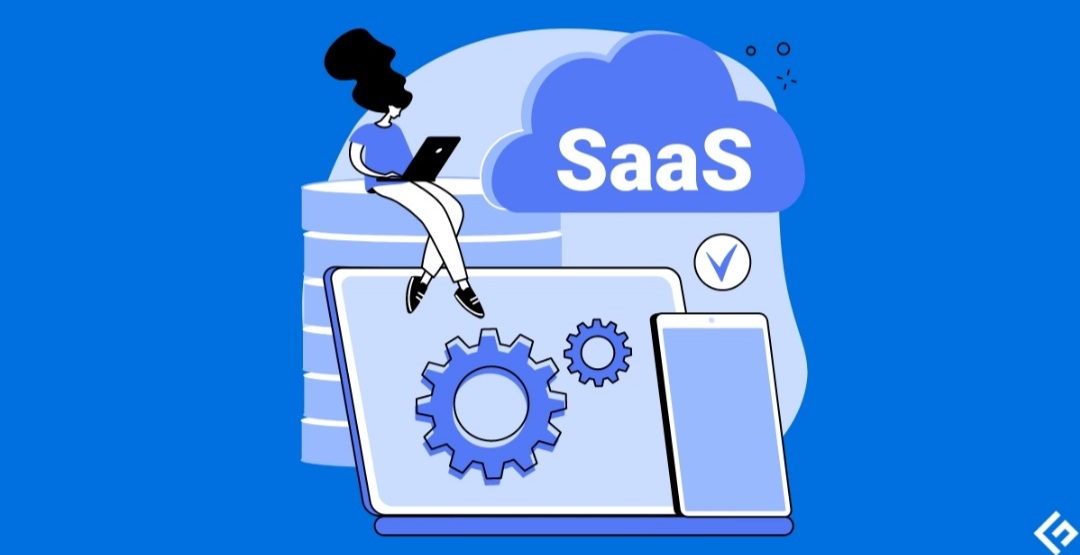How to Encrypt Your Emails for Enhanced Privacy

In a world of growing cybersecurity threats, protecting your email communications is more important than ever. Email encryption provides a layer of security that can prevent sensitive data from falling into the wrong hands. Let’s delve into the what, why, and how of email encryption.
Why Email Encryption Matters
- Protection against Data Breaches: Unencrypted emails are sent in plain text, making them vulnerable to interception by hackers during transmission. Encryption scrambles the email content, making it unreadable without the intended recipient’s decryption key.
- Data Integrity: Encryption ensures that your email messages and their contents haven’t been tampered with while in transit.
- Regulatory Compliance: Industries like healthcare and finance often have strict regulations regarding the protection of sensitive data. Email encryption can help you adhere to these requirements.
- Identity Verification: Some encryption methods use digital signatures to verify the sender’s identity, mitigating risks of phishing or spoofing attacks.
Types of Email Encryption
- Transport Layer Security (TLS): Opportunistic encryption that protects emails during transit between mail servers. It’s a good basic layer of protection but doesn’t guarantee end-to-end encryption if either the sender or the recipient doesn’t support TLS.
- Secure/Multipurpose Internet Mail Extensions (S/MIME): S/MIME uses digital certificates for a more robust encryption method. You’ll need a digital certificate from a trusted Certificate Authority (CA) to use S/MIME. It offers both encryption for confidentiality and digital signatures for authentication.
- Pretty Good Privacy (PGP): PGP also uses public-key cryptography, where you and your recipients exchange public keys. It’s a popular method known for its high level of security.
How to Encrypt Your Emails
The specific steps on how to encrypt your emails will vary depending on your email service provider and preferences:
For Gmail:
- Confidential Mode: Search for resources on using Gmail’s Confidential Mode for basic protection.
- Secure S/MIME: Consider using the S/MIME option with a third-party extension like FlowCrypt for higher security. Refer to Google’s instructions for setup.
For Outlook:
- S/MIME: Get a digital certificate and follow Microsoft’s instructions to enable S/MIME. You can then digitally sign or encrypt individual emails or set default settings.
For iOS and Android:
- S/MIME Configuration: Check your device’s advanced email settings for S/MIME support. You may need to obtain a digital certificate.
Third-party Email Encryption Solutions
- ProtonMail: A popular, privacy-focused email service with built-in end-to-end encryption.
- CipherMail: Offers S/MIME based email encryption for various email providers.
- Mailvelope: A browser extension allowing you to encrypt emails using PGP within web-based email providers.
Important Considerations Before Encrypting
- Certificate Management: S/MIME and PGP require that both sender and receiver have compatible certificates and public keys for proper encryption and decryption.
- User Experience: Encryption can add extra steps to the email process. Ensure your intended recipients are comfortable with the technical requirements.
- Device Limitations: Some older devices or email clients may not support modern encryption standards.
Protecting Your Privacy
Email encryption is a powerful tool for safeguarding private communication, but remember that it’s just one part of a broader online privacy strategy. Keep these points in mind:
- Strong Passwords: Use strong and unique passwords for your email and any associated encryption services.
- Be Vigilant: Always be cautious about opening emails from unknown senders or clicking links within emails.
By understanding your options and implementing email encryption, you can take a proactive step in securing your digital communications.



